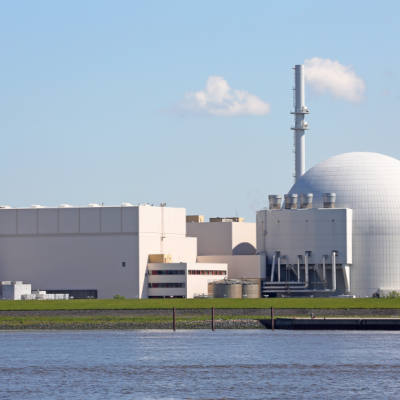Offshore wind farms are becoming increasingly popular in Germany as the country aims to rely more on renewable energy sources. However, environmentalists and some scientists have raised concerns about the potential impact of these wind farms on marine life and the ecosystem. Recently, researchers from the Helmholtz-Zentrum Hereon investigated whether the large wind farms in the North Sea affect the air currents and the surface of the sea. The study found that the wind turbines can cause atmospheric turbulence up to 70 kilometers away, which can affect the water movement, temperature, and salinity of the surface water.
The researchers analyzed data from the summer of 2013 in the southern North Sea and found that the wind turbines caused changes in the water surface due to the atmospheric turbulence they created. The air currents caused the water movement to change by around 0.0025 meters per second, which is between 10 and 25 percent of the annual variation in the North Sea. Additionally, the reduced wind speed caused by the wind farms hindered the mixing of water between the surface layers, which altered the temperature and salinity of the surface water. The wind farms also caused a measurable increase in the average water temperature in their vicinity, which could negatively impact the plankton communities in the North Sea.
While the observed changes are currently small, they are similar in magnitude to the expected average changes due to climate change or year-to-year variability. Therefore, further studies are needed to investigate the impact of offshore wind farms on marine ecosystems and organisms in the North Sea. This is particularly relevant as Germany plans to expand offshore wind farms in the German Bight on a large scale.










